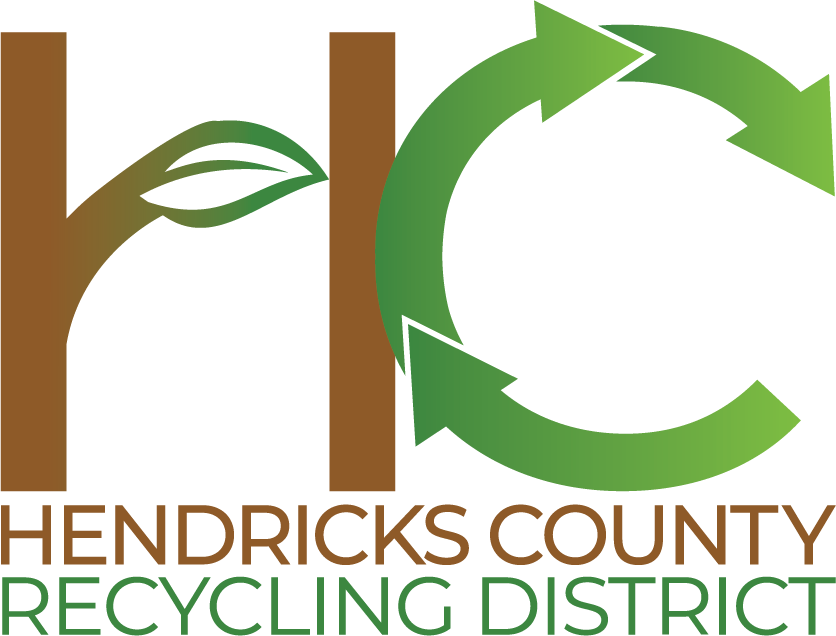Why Does it Matter?
We all appreciate the sights and sounds of spring. Take hold of that fresh feeling as you do a little rebirthing around your house this spring and protect our air, land and water at the same time. If your spring sprucing includes painting inside or out, we have some eco-friendly tips.
How much paint you buy, the formula you choose, and what you do with any leftovers are all opportunities to make wise environmental. When it comes to painting, planning is key. Before you begin your next painting job, measure the room or rooms you plan to paint and buy only what you need. Don’t worry about having that extra half gallon of “Café Latte” left over for touchups. Chances are, you won’t use it and you will be stuck wondering what to do with it. Besides the paint being wasted, you also waste your money when you buy more than you need. Save your money and save the planet.
What Should You Do?
Besides careful planning, there are other ways to make your home lovely without affecting the environment. Make sure you are buying paints that contain no or low amounts of volatile organic compounds (VOCs). VOCs are a health hazard to your loved ones and pets, not to mention a threat to the environment. Many home improvement stores now offer these formulas. Latex paint is not considered hazardous and can be safely dried out and disposed of with your normal trash. Latex paint can easily be dried out by mixing equal parts clay kitty litter or sawdust into the paint. Oil-based paint and many other paint products contain hazardous materials and should be brought to a District-sponsored Tox-Away Day for free disposal.
Dig Deeper.
If you are interested in going very green with your next painting project—whatever color you choose—explore other options such as using clay paint, milk paint or a lime wash. These eco-friendly options use natural ingredients such as plant dyes, oils and waxes and are usually only suitable for interior applications. But, they can provide a unique look with less environmental impact.
NEXT EDITION
Later this month, we’ll share some insights on how to factor waste reduction into other home improvement projects you may be tackling this spring and summer. We’ll touch on reuse options as well as implementing recycled-content materials into your projects—it’s easier than you might think. Stay tuned!

